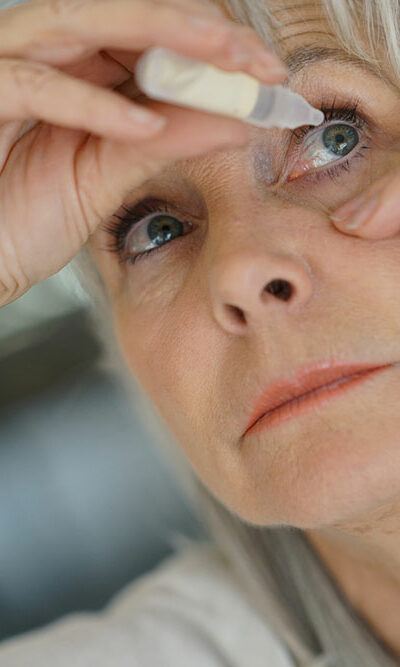
Colon Cancer Symptoms to Watch Out For
Statistics show that 1 out of 24 persons are at risk of getting colon cancer. Early diagnosis is paramount for a good prognosis – these are the colon cancer symptoms you should watch out for. Colon cancer is formed due to the growth of cancerous cells inside the large intestine. The longest part of the large intestine is called the colon, and its primary function is to extract water and salt from the solid wastes that exit the body through the rectum to be excreted from the anus. Colon cancer is also termed as rectal cancer, but that depends on where the tumor begins to spread. The inner lining of the colon or rectum is termed as a polyp, it is from here that most colon cancers begin to grow. There are two types of polyps – ‘adenomatous polyps’ (also known as ‘adenomas’, they are sometimes cancerous in nature) and ‘hyperplastic polyps’ (also known as ‘inflammatory polyps’, commonly found but are not pre-cancerous in nature). There are various factors that cause colon cancer such as polyps, mutations in the DNA, family genetics, and diet. These malignant tumors once fully formed then travel through the blood and spread in other body organs. Colon cancer cells continue to grow and multiply instead of experiencing programmed cell death. If the polyps are not removed during colonoscopy, they grow into malignant cancerous cells overtime. Metastasis (spread of the cancerous cells) results in a severe condition where the disease damages and invades the other healthy cells of the body which is extremely difficult to treat successfully. Gradually the uncontrolled growth of colon cancer cells leads to the shutting down of the system functioning, eventually leading to death. Quite often colon cancer symptoms appear after the cancer has begun to spread. Symptoms such as inflammatory or irritable bowels syndrome, infections, hemorrhoids, may be a result of some other illness altogether.










